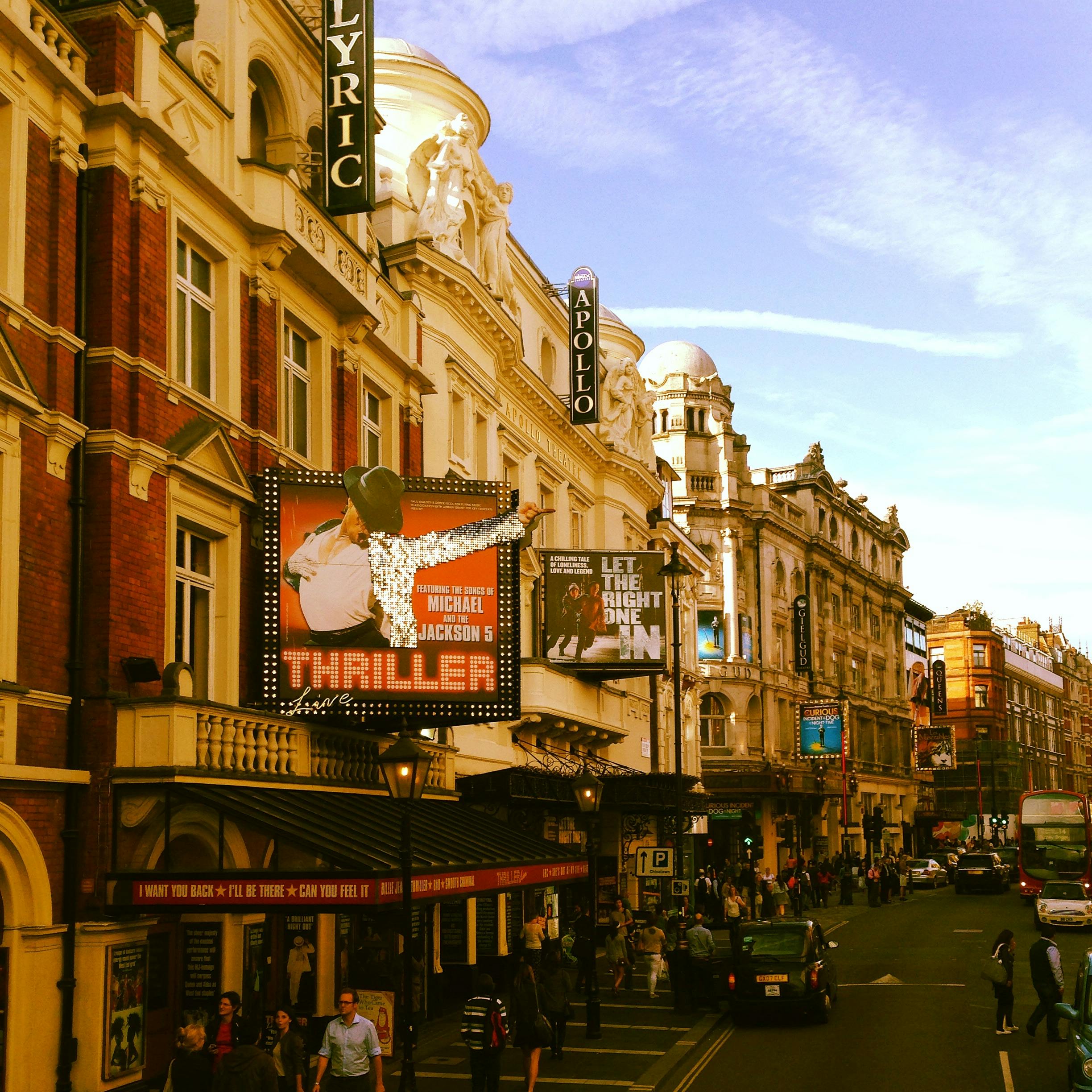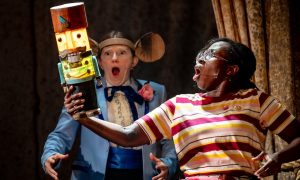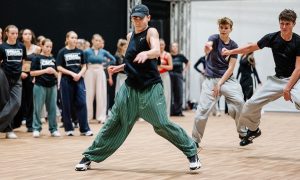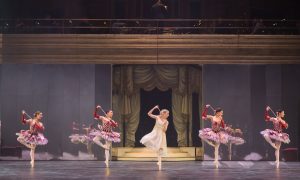The West End of London, often referred to simply as “the West End,” is a vibrant area renowned for its theatre district. It is a significant cultural and entertainment hub.
Early beginnings
Origins: The term “West End” originally referred to the western part of the City of Westminster. Historically, the area was less developed than the eastern parts of London, which were densely populated and industrial.
Development: During the late 17th century, the West End began to attract the wealthy and aristocratic classes, who moved westward to escape the crowded and polluted conditions of the older City of London. Elegant squares and streets, such as St. James’s Square (1662) and Mayfair (late 17th century), were developed to cater to these affluent residents.
The rise of theatre
18th century: The West End’s association with theatre started in the 18th century. The Theatre Royal, Drury Lane, which opened in 1663, is one of the oldest theatres still in use. The Theatre Royal Haymarket opened in 1720, further establishing the area as a theatrical centre.
19th century expansion: The Victorian era saw significant growth in the number of theatres. Notable venues like the Lyceum Theatre (rebuilt in 1834) and the Adelphi Theatre (rebuilt in 1858) became popular. This period also saw the introduction of gas lighting in theatres, enhancing evening performances.
The Golden Age of theatre
Late 19th to early 20th century: The late 19th century to the early 20th century was a golden age for West End theatre. Many iconic theatres were built during this time, including the Savoy Theatre (opened in 1881, as the first public building in the world to be lit entirely by electricity) and the Palace Theatre (opened in 1891). Musicals and operettas became immensely popular.
Music halls and vaudeville: Alongside traditional theatre, music halls and vaudeville shows thrived, offering a variety of acts including comedy, dance and musical performances.
Interwar period and post-war era
Interwar boom: The period between the World Wars saw continued prosperity for West End theatres. This era produced long-running hits like Chu Chin Chow (1916) and The Desert Song (1926).
Post-war revival: After World War II, the West End experienced a revival with a surge in new productions and the establishment of many modern classics. Musicals such as My Fair Lady (1958) and The Sound of Music (1961) enjoyed long runs.
Modern era
Late 20th century: The 1970s and 1980s brought new styles and international influences. Andrew Lloyd Webber emerged as a dominant force with shows like Cats (1981) and The Phantom of the Opera (1986), which set new records for longevity.
21st century: The West End continues to thrive with a mix of classic revivals and innovative new works. Productions like The Lion King (1999), Wicked (2006) and Hamilton (2017) have been both critically acclaimed and commercially successful.
Cultural and economic impact
Tourism: The West End is a major tourist destination, attracting millions of visitors each year. Theatres, restaurants, and shopping areas like Oxford Street and Covent Garden contribute significantly to the local economy.
Awards and recognition: The Laurence Olivier Awards, established in 1976, recognise excellence in professional theatre in the West End, further highlighting its significance.
Key locations
Theatreland: The heart of the West End, known as Theatreland, includes key streets such as Shaftesbury Avenue, Drury Lane and the Strand.
Cultural landmarks: In addition to theatres, the West End boasts numerous cultural landmarks including the Royal Opera House, the British Museum, and Trafalgar Square.
The West End remains a vibrant and dynamic part of London, continually evolving while maintaining its historic charm and significance as a global theatre hub.












